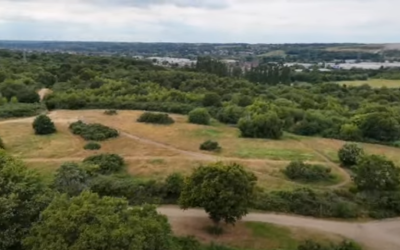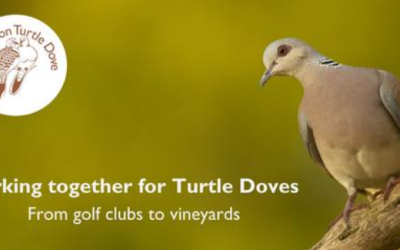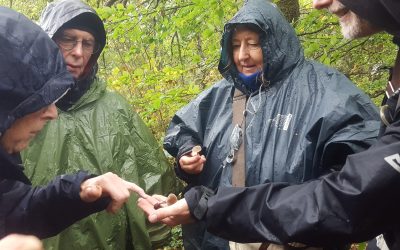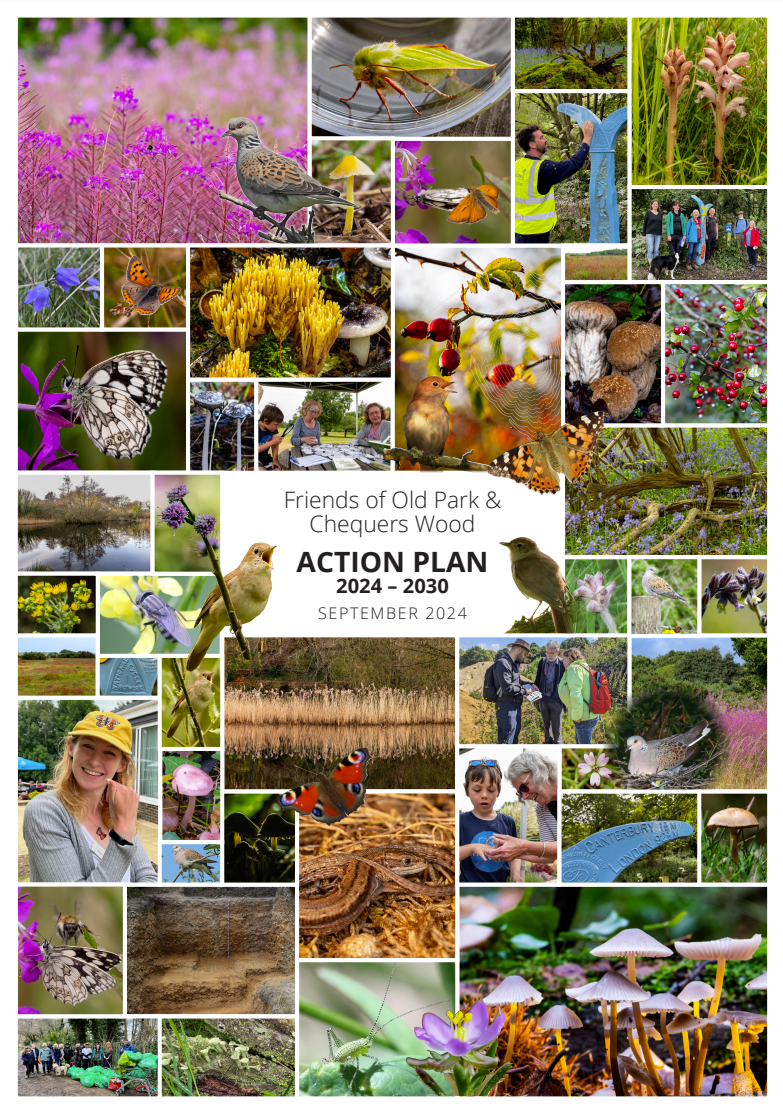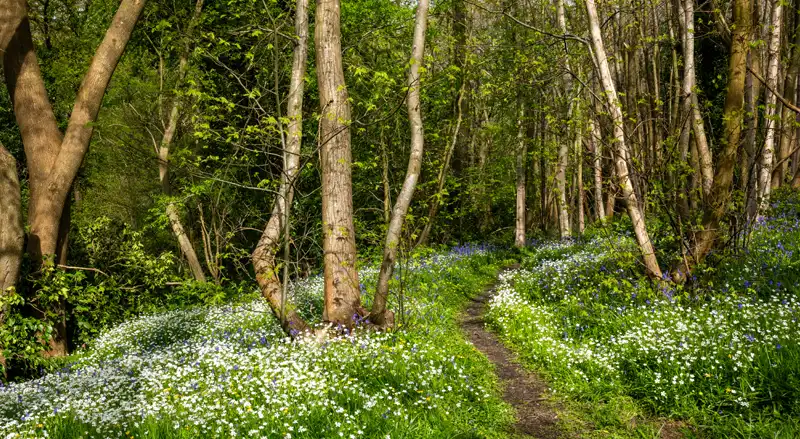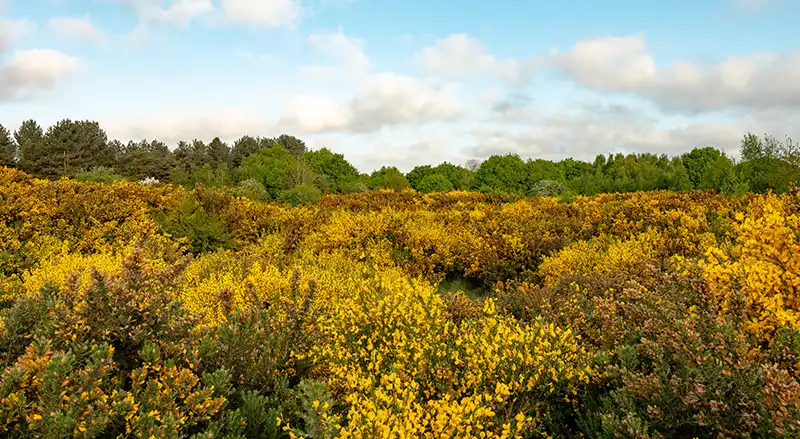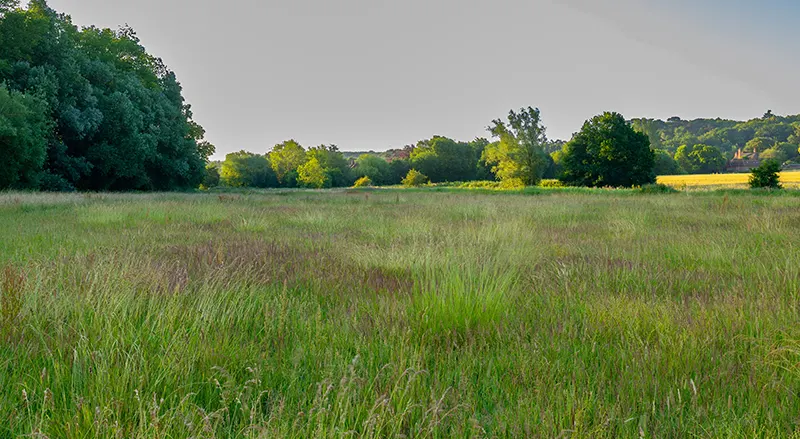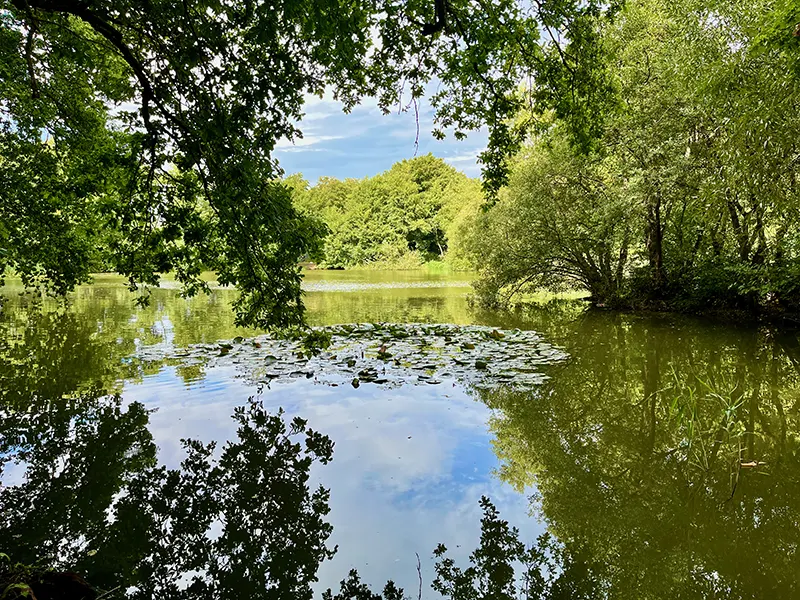Help us save Canterbury’s most diverse natural habitat
News
Making Space For Nature video
Natural England and Canterbury Golf Course have produced a great little video as part of the...
New short video on Operation Turtle Dove’s activities in East Kent
See link below for a lovely short video about the RSPB's Operation Turtle Dove which is working to...
Fungi Survey on Old Park
In spite of the wild and windy weather brought over by Storm Ashley, fungi experts from Kent Field...
Older entries »
Welcome to the website of the Friends of Old Park & Chequers Wood!
The Friends of Old Park & Chequers Wood was established in 2021 with the aim of protecting, enhancing and promoting a unique open space on the eastern fringe of the cathedral city of Canterbury.
The story of Old Park began over half a million years ago with evidence of very early humans, and continues into recent times when it was used as a training ground during both World Wars. It is now a wonderfully diverse green space which is enjoyed by an increasing number of residents from across the city.
Old Park & Chequers Wood contains a mosaic of habitats. The site is distinguished by a plateau of acid grassland (one of the three largest in Kent), extensive patches of thorn and gorse scrub which provide protected nesting sites for the endangered nightingale and turtle dove, and a rich swathe of ancient woodland running along the eastern edge. This comprises wet alder woodland and remnants of ancient dry woodland, carpeted by bluebells and wood anemones in spring time. Adjoining the wet woodland are water meadows which link the site with the Great Stour.
Much of the area is classified as a Site of Special Scientific Interest (SSSI). This national conservation designation is designed to protect areas of ecological, geological and archaeological importance. Research by archaeologists at several locations across the site reveal that Old Park & Chequers Wood is the oldest excavatable site of human habitation in the country and the third oldest in northern Europe.
The importance of the whole of Old Park & Chequers Wood in maintaining biodiversity in Kent can be demonstrated by the fact that scarce plants have been recorded across the whole site, both within and outside the current SSSI boundaries. Almost 400 plant species have been recorded, of which 68 are axiophytes (indicative of quality habitats) and 16 are on the Kent Rare Plant Register, which provides a broadly similar function for vascular plants as the Kent Red Data book.
Habitat of this quality is likely to support a wide range of scarce invertebrates. The full potential of the site from this perspective is still to be explored. The area is already part of one of Buglife’s Important Invertebrate Areas (IIA) – areas that are home to nationally or internationally significant invertebrate populations and their habitats. In addition, the mosaic of habitats on Old Park & Chequers Wood is vital to the continued existence of the site’s high density of breeding nightingales.
The site is mainly owned and managed by the Ministry of Defence (MoD) and Canterbury Golf Club, with a small pocket of woodland (known as Realm Wood) owned by Canterbury City Council and another pocket (known as Timpson Wood) owned by Taylor Wimpey.
The MoD is proposing to sell its extensive landholdings on the site in 2025. This will present a serious threat if the land is purchased by a developer. However, it also poses a huge opportunity if it is acquired by conservation-minded organisations as an area for nature restoration and public recreation, connecting Canterbury with the international wetland site at Stodmarsh. The Friends of Old Park & Chequers Wood are fundraising to assist with the acquisition and management of the site. If you would like to help this campaign, please go to our Donate! page.
Habitats of Old Park
Explore the different habitats which make up the unique landscape of Old Park
Acid Grassland
Old Park is very special because it contains one of Kent’s largest remaining unspoilt acid grasslands—an increasingly rare habitat supporting a distinct range of plants and invertebrates.
Priority Woodland Habitats
Old Park & Chequers Wood contain a combination of wet and dry ancient woodland which are both increasingly rare habitat types.
Scrub Mosaic
Old Park’s extensive scrub habitat is characterised by gorse which provides a blaze of yellow flowers from January to June.
Water Meadows
Flooding from the Great Stour creates water meadows between Old Park and Fordwich, sustaining a range of wetland plants and insects. These meadows also provide ecological connectivity between Old Park and Stodmarsh which is an internationally recognised wetland site.
Ponds
At Old Park, ponds provide a critically important freshwater habitat for a wide range of wildlife, with Reed Pond being the largest pond on the site.
For more information, visit our Habitats page
Welcome to the website of the Friends of Old Park & Chequers Wood!
The Friends of Old Park & Chequers Wood was established in 2021 with the aim of protecting, enhancing and promoting a unique open space on the eastern fringe of the cathedral city of Canterbury.
The story of Old Park began over half a million years ago with evidence of very early humans, and continues into recent times when it was used as a training ground during both World Wars. It is now a wonderfully diverse green space which is enjoyed by an increasing number of residents from across the city.
Old Park & Chequers Wood contains a mosaic of habitats. The site is distinguished by a plateau of acid grassland (one of the three largest in Kent), extensive patches of thorn and gorse scrub which provide protected nesting sites for the endangered nightingale and turtle dove, and a rich swathe of ancient woodland running along the eastern edge. This comprises wet alder woodland and remnants of ancient dry woodland, carpeted by bluebells and wood anemones in spring time. Adjoining the wet woodland are water meadows which link the site with the Great Stour.
Much of the area is classified as a Site of Special Scientific Interest (SSSI). This national conservation designation is designed to protect areas of ecological, geological and archaeological importance. Research by archaeologists at several locations across the site reveal that Old Park & Chequers Wood is the oldest excavatable site of human habitation in the country and the third oldest in northern Europe.
The importance of the whole of Old Park & Chequers Wood in maintaining biodiversity in Kent can be demonstrated by the fact that scarce plants have been recorded across the whole site, both within and outside the current SSSI boundaries. Almost 400 plant species have been recorded, of which 68 are axiophytes (indicative of quality habitats) and 16 are on the Kent Rare Plant Register, which provides a broadly similar function for vascular plants as the Kent Red Data book.
Habitat of this quality is likely to support a wide range of scarce invertebrates. The full potential of the site from this perspective is still to be explored. The area is already part of one of Buglife’s Important Invertebrate Areas (IIA) – areas that are home to nationally or internationally significant invertebrate populations and their habitats. In addition, the mosaic of habitats on Old Park & Chequers Wood is vital to the continued existence of the site’s high density of breeding nightingales.
The site is mainly owned and managed by the Ministry of Defence (MoD) and Canterbury Golf Club, with a small pocket of woodland (known as Realm Wood) owned by Canterbury City Council and another pocket (known as Timpson Wood) owned by Taylor Wimpey.
The MoD is proposing to sell its extensive landholdings on the site in 2025. This will present a serious threat if the land is purchased by a developer. However, it also poses a huge opportunity if it is acquired by conservation-minded organisations as an area for nature restoration and public recreation, connecting Canterbury with the international wetland site at Stodmarsh. The Friends of Old Park & Chequers Wood are fundraising to assist with the acquisition and management of the site. If you would like to help this campaign, please go to our Donate! page.
Habitats of Old Park
Explore the different habitats which make up the unique landscape of Old Park
Acid Grassland
Old Park is very special because it contains one of Kent’s largest remaining unspoilt acid grasslands—an increasingly rare habitat supporting a distinct range of plants and invertebrates.
Priority Woodland Habitats
Old Park & Chequers Wood contain a combination of wet and dry ancient woodland which are both increasingly rare habitat types.
Scrub Mosaic
Old Park’s extensive scrub habitat is characterised by gorse which provides a blaze of yellow flowers from January to June.
Water Meadows
Flooding from the Great Stour creates water meadows between Old Park and Fordwich, sustaining a range of wetland plants and insects. These meadows also provide ecological connectivity between Old Park and Stodmarsh which is an internationally recognised wetland site.
Ponds
At Old Park, ponds provide a critically important freshwater habitat for a wide range of wildlife, with Reed Pond being the largest pond on the site.
For more information, visit our Habitats page
Join our Facebook Group
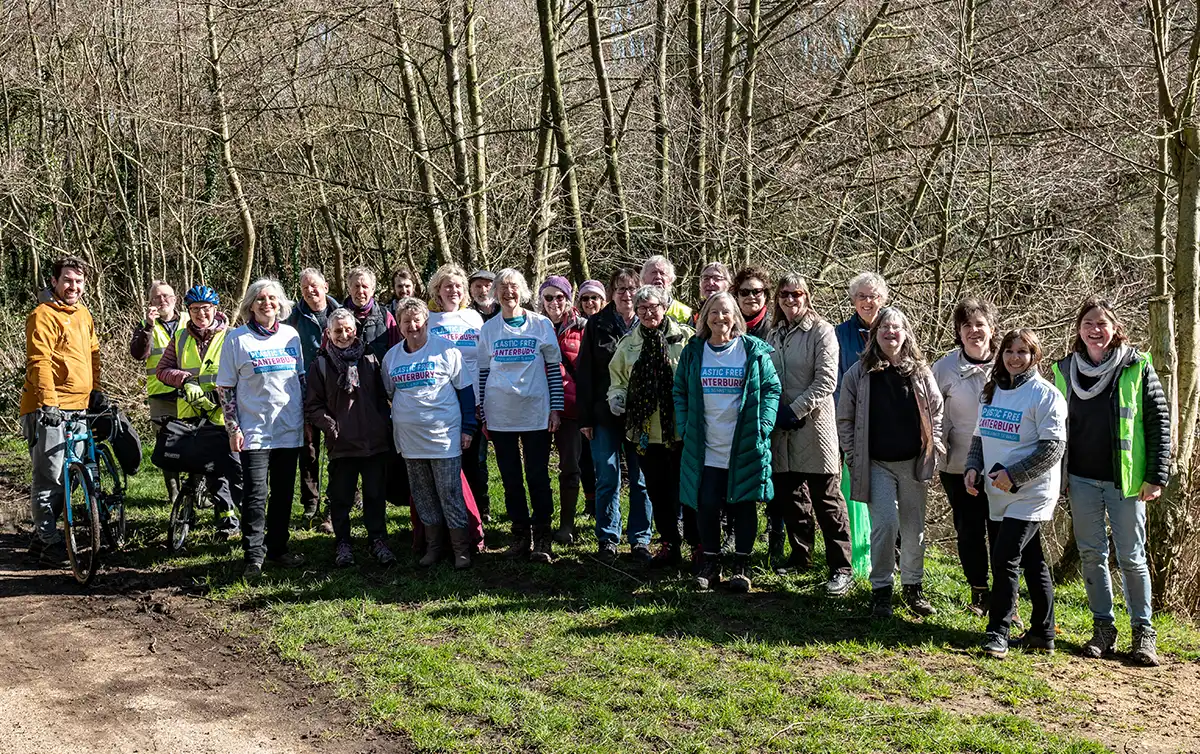
Friends of Old Park & Chequers Wood
Public Group
